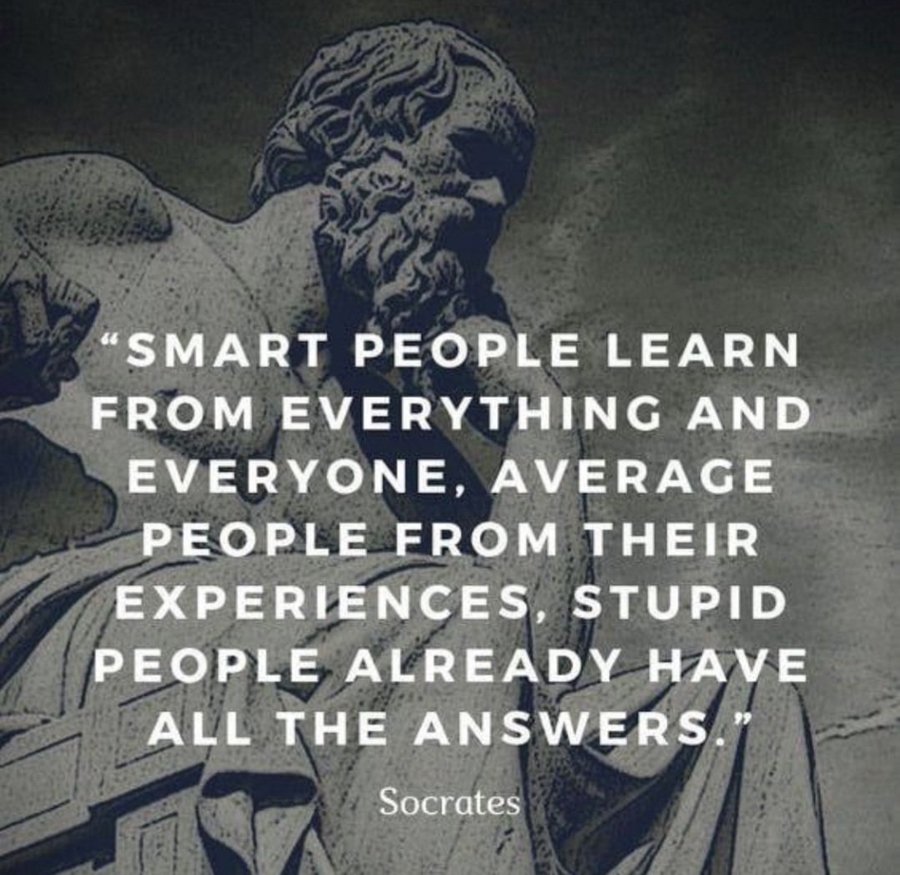Anyone who knew me as a superintendent knew that I was very committed to early learning and play-based education. Some of my previous blog posts were: Grandparents and Early Leaning, Early Learning: A Great Way to Start, and Developing the Young Brain. During my time at Holy Spirit, we created a play charter with the City of Lethbridge, built an outdoor natural play centre and established an early learning centre for staff and parents. I certainly didn’t have that expertise when I started in my role but with the help of the early learning team and specifically, Michelle MacKinnon, I learned about the importance of it and became an avid supporter.
There is tremendous research about early intervention and so as a division, I fully believed that an investment in early learning paid off in later grades. I remember in one of our budget sessions, a wise principal of a junior high said something like this, “I need to advocate for my school, but I know that the funds being directed to early learning will eventually support my school too.” While the results at the early learning levels are exceptional, there is an even greater payoff in later years. And I might add that the results for students who are in marginalized situations are even more dramatic!

The reason that I’m writing about early learning is because I’ve just recently read the OECD Report, “Reducing Inequalities by Investing in Early Childhood Education and Care.” Additionally, I’ve had some great conversations with early learning teachers and coordinators and as a result, my passion has been reignited.
Many governments like to look at education through a strict business model. They like to make an investment (usually far less than it should be) and then look for the results which are generally based on standardized tests. While I don’t necessarily agree with the process, I understand that any “business” and education is still a business wants a return on investment. I would suggest that maybe the investment needs to be made more significantly at the early learning level. Given all of the research, the “return” would be significant!
Before I retired, Alberta Education officials travelled the province to seek direction on a new funding framework. Standard requests were always around predictability, sustainability and adequate dollars. While our division agreed with those characteristics, our biggest ask was to increase funding to support Pre-K to Grade 3 learning. In Alberta, Program Unit Funding (PUF) is allocated to identified students from age 2 1/2 years old for a maximum of three years. Our suggestion was to increase that level of funding up to six years and expand the criteria ensuring that any student requiring additional support would receive it. The additional funding would provide support for students to be able to meet acceptable literacy and numeracy levels by the time they reached grade 3. We were advocating for more front end loading of the available funding. Two sad realities came out of those meetings: (1) PUF dollars were not increased and (2) At the time of the meeting with the Minister’s team, no other divisions had advocated for increased early learning funding.
The old adage, “You can pay now or pay later but if you wait until later, it is going to cost you more” rings so true here. Forget research, common sense should prevail when you establish a strong base.
I would implore governments to rethink their position on early learning and all education organizations to start to advocate for more direct funding to support early learning. To finish, I quote Andreas Schleicher, Director for Education and Skills, Special Advisor on Education Policy to the OECD Secretary-General.
“Governments should act now and take a more comprehensive approach to their early years policies to better support children and families and give a real boost to those who need it the most. Investing in the early years is not just a moral imperative; it is an economic and social one. The cost of inaction is too high.”










